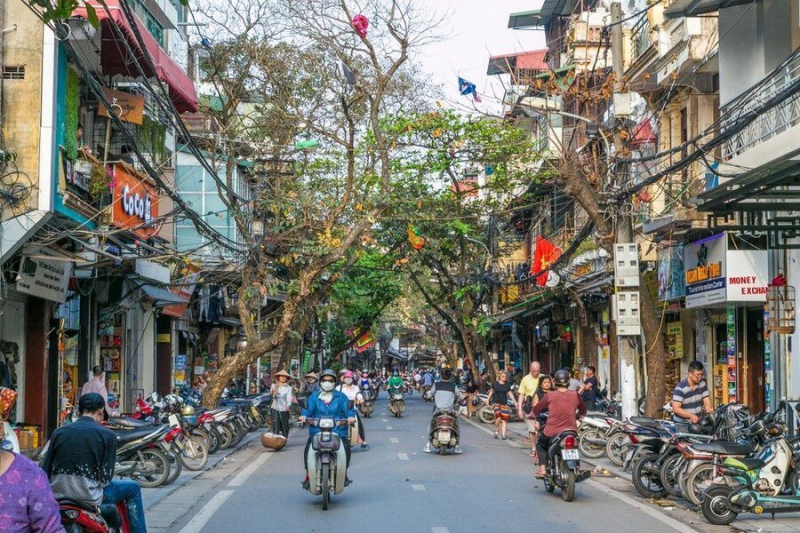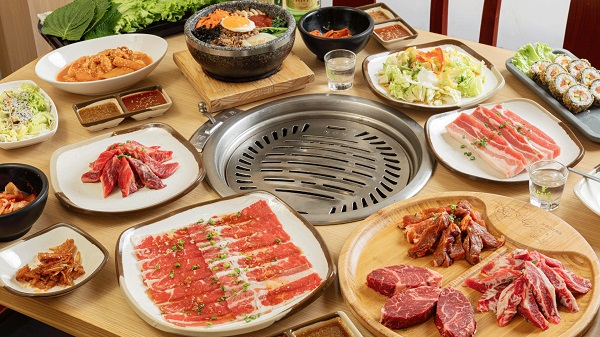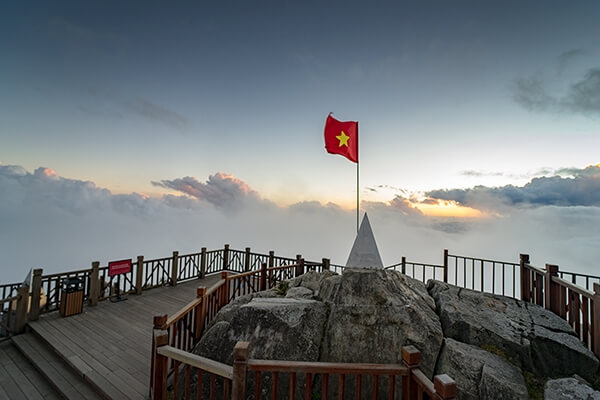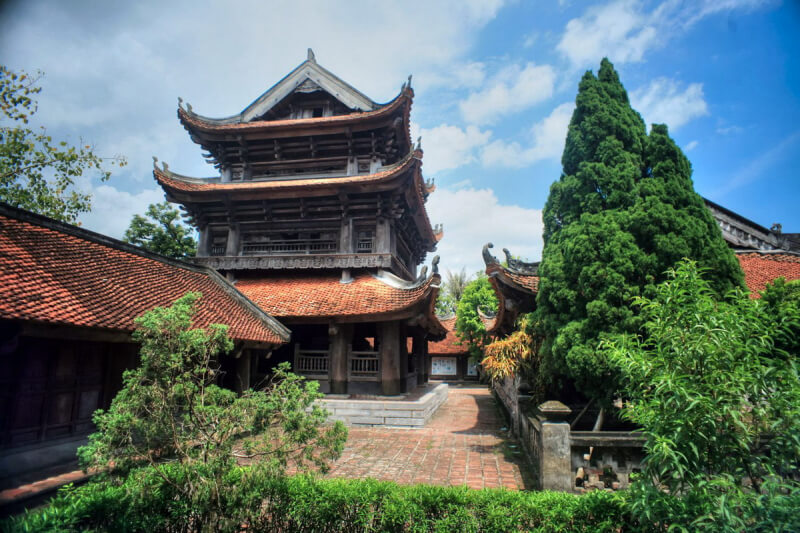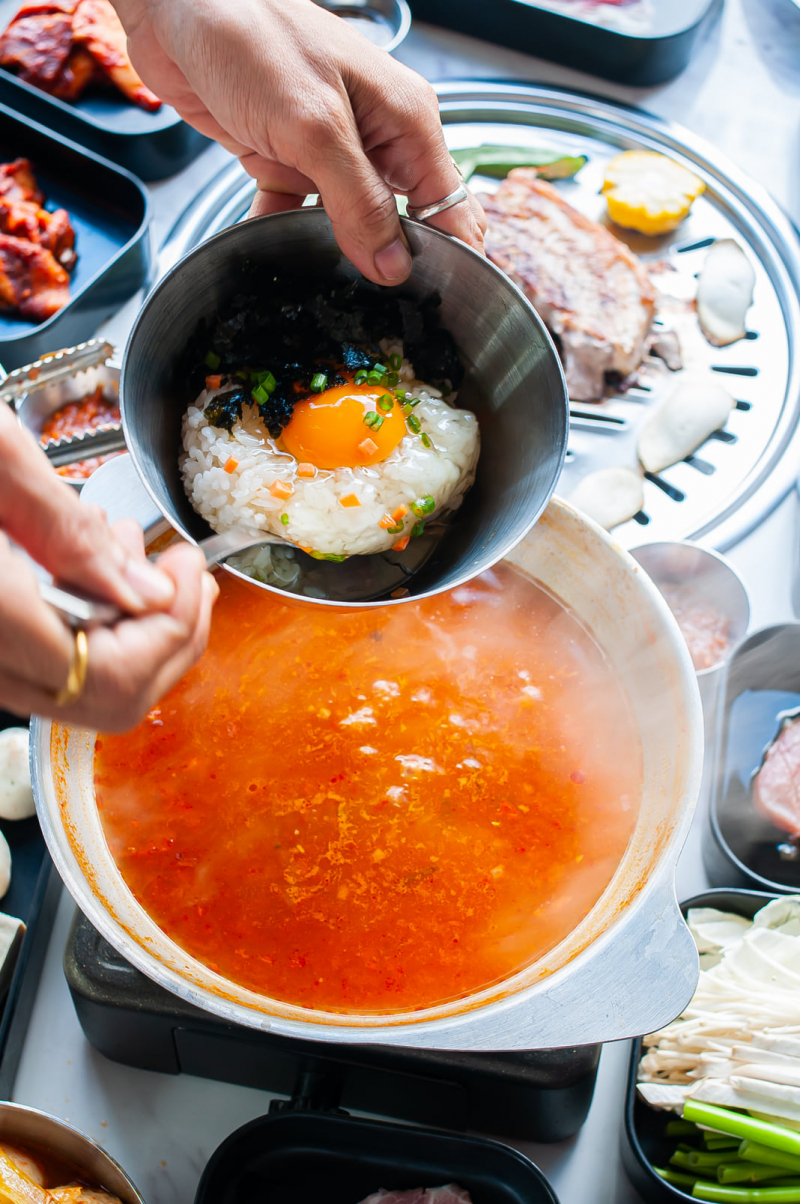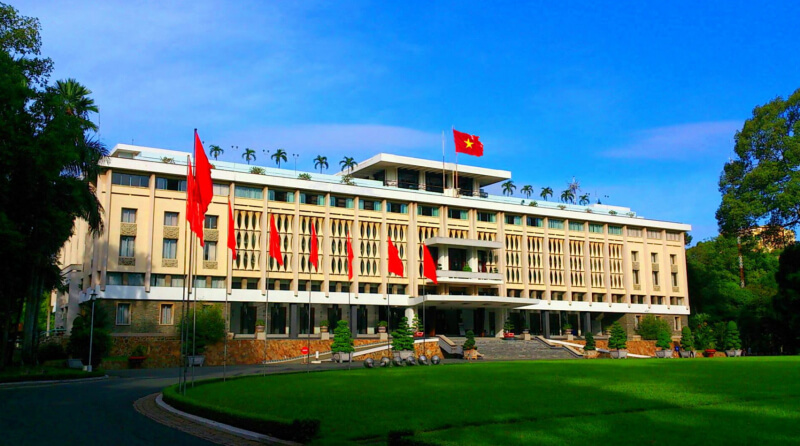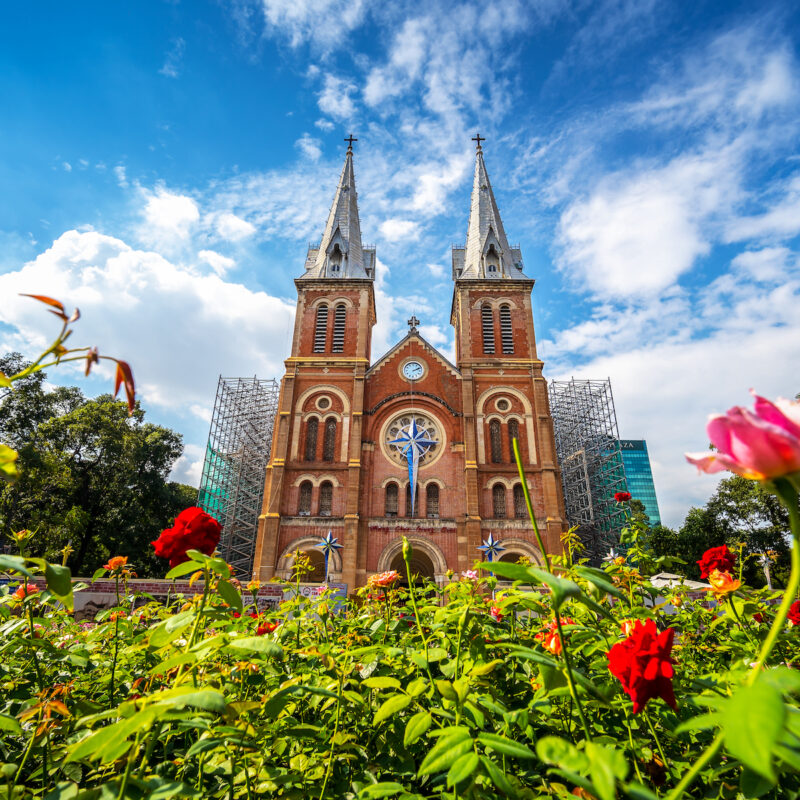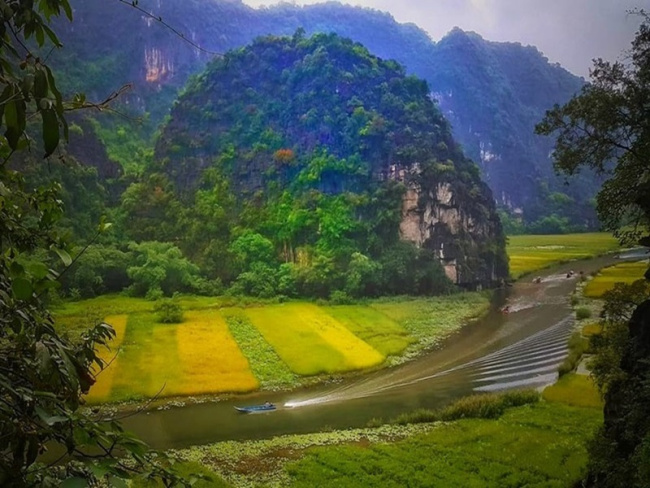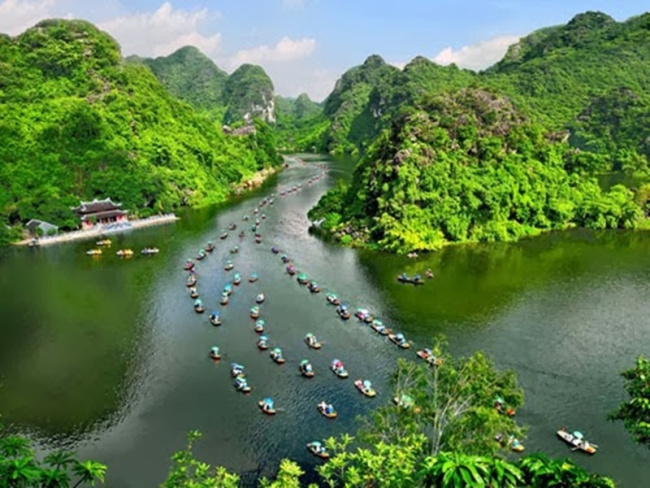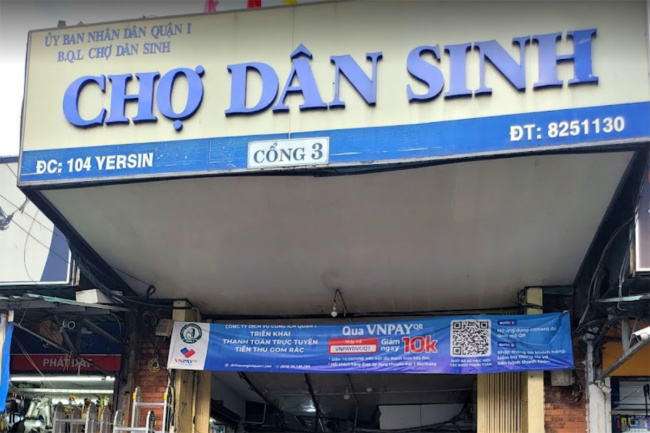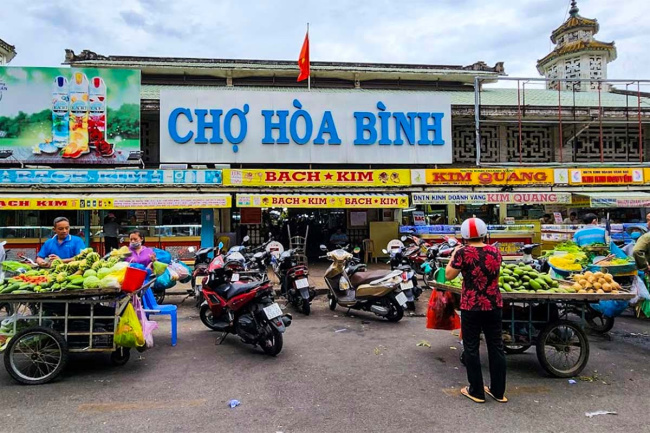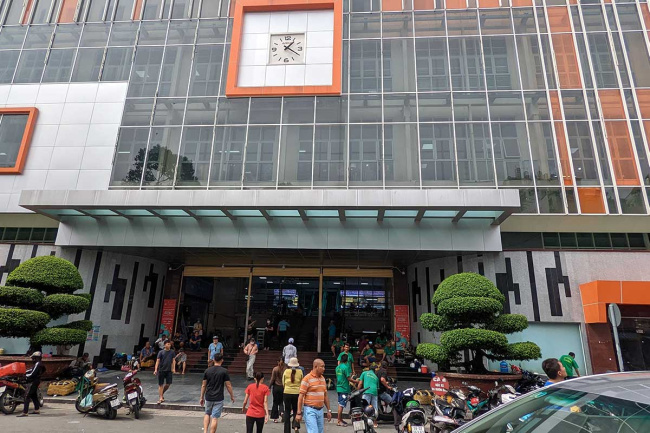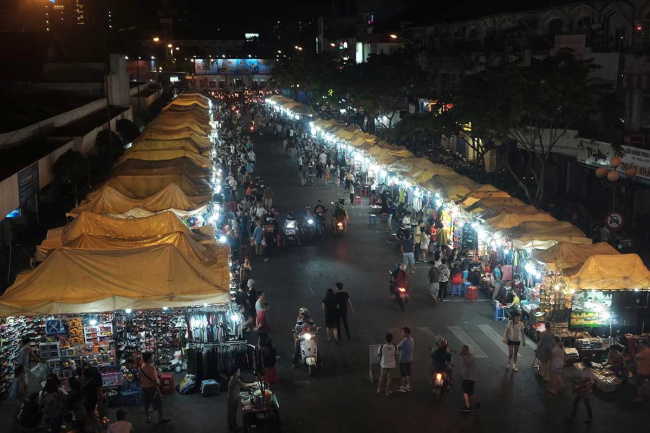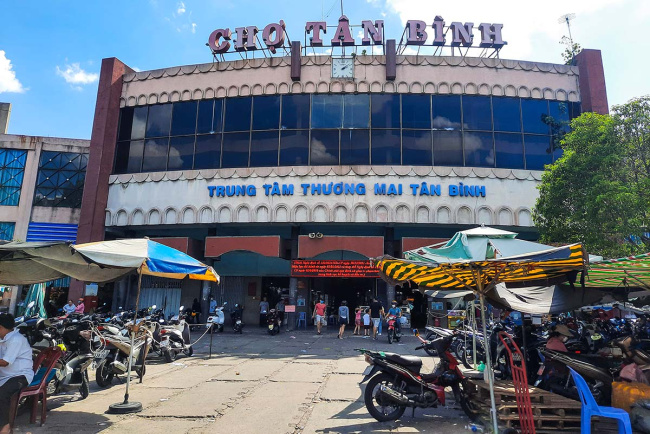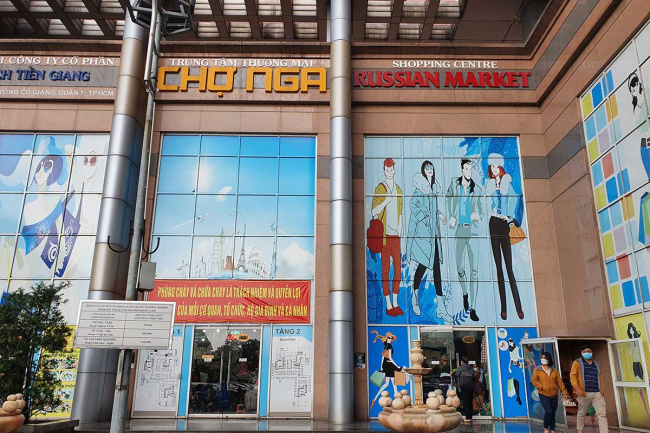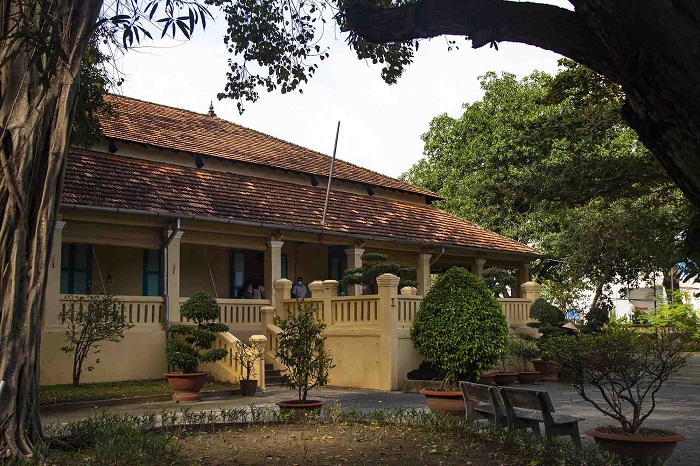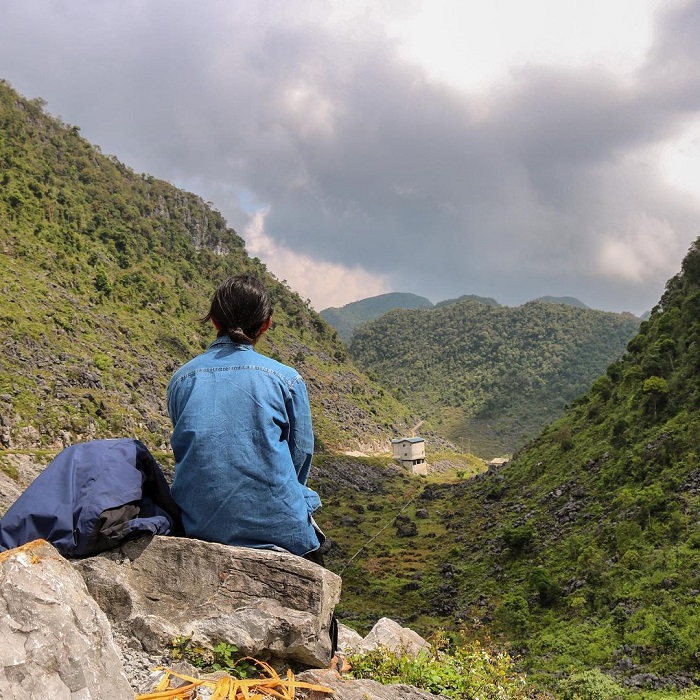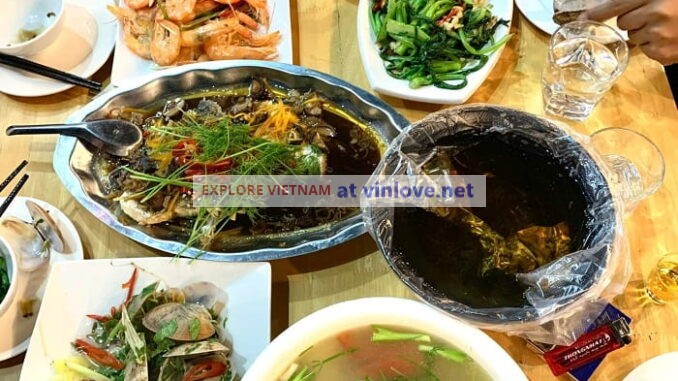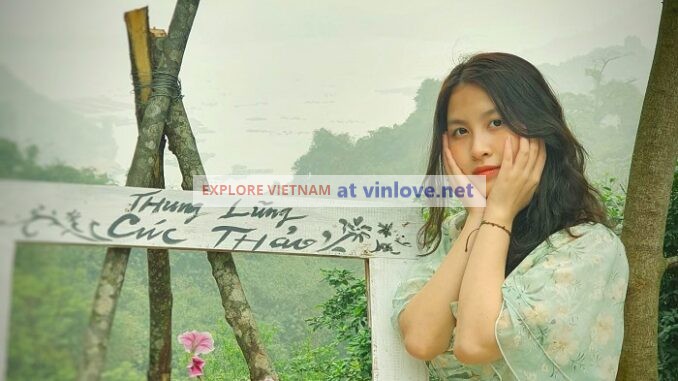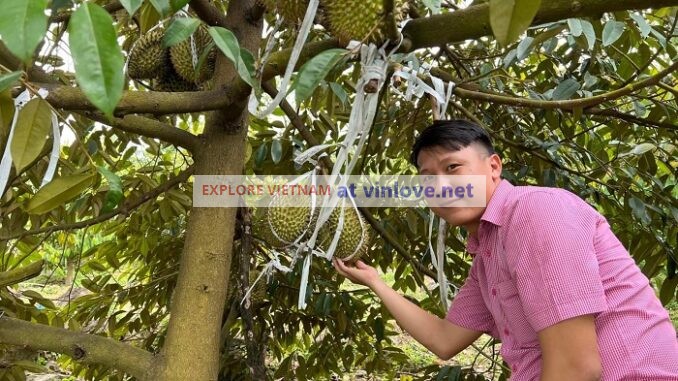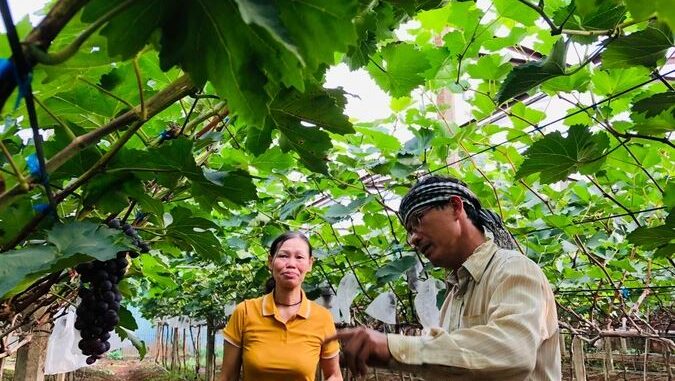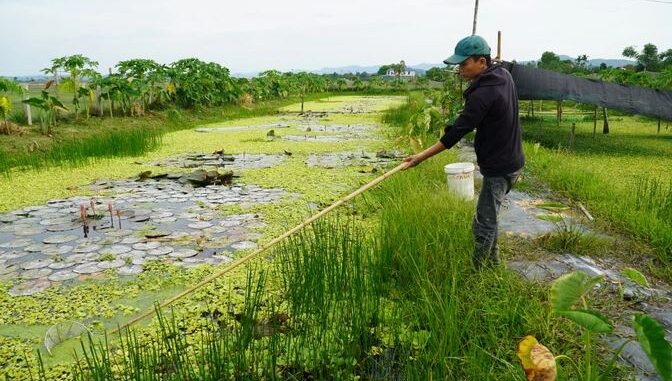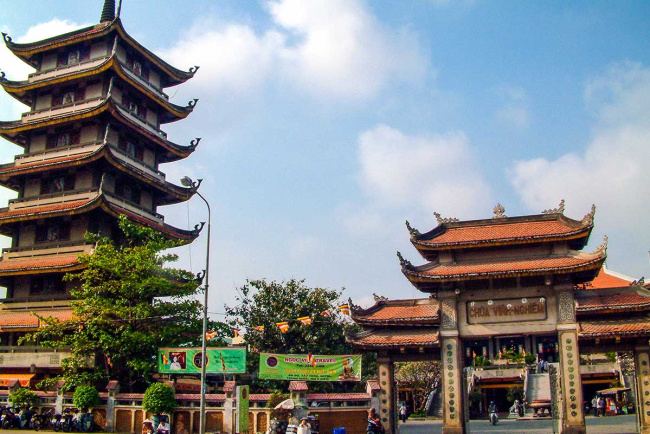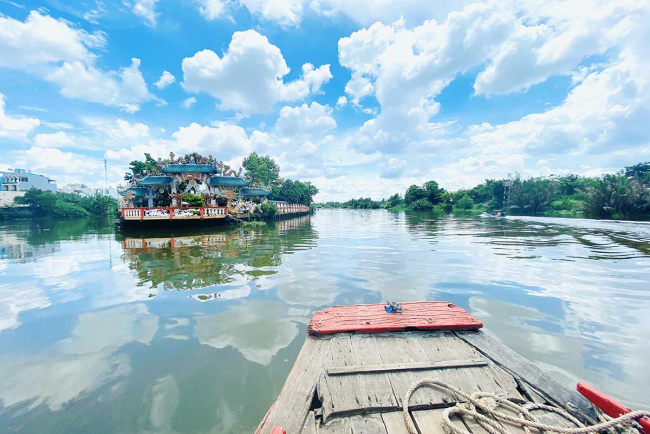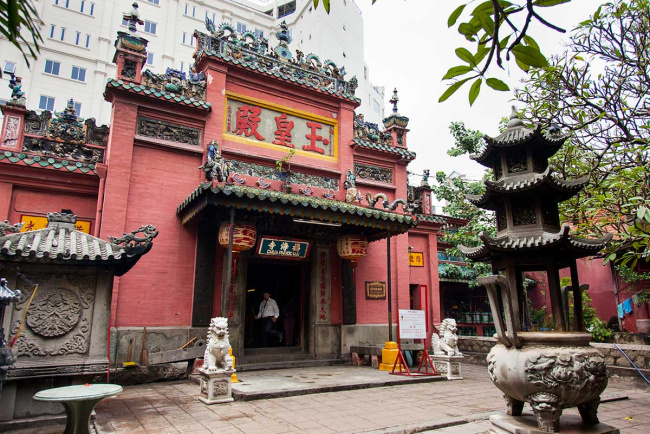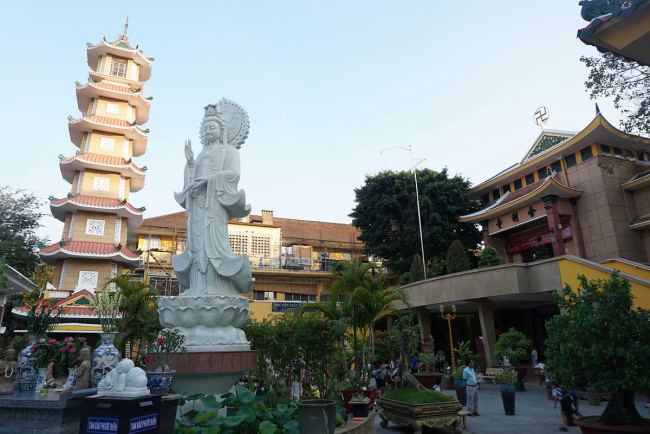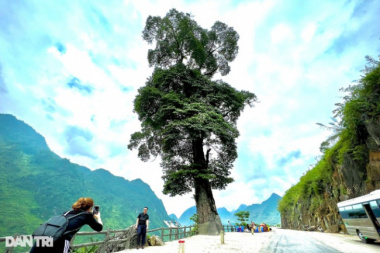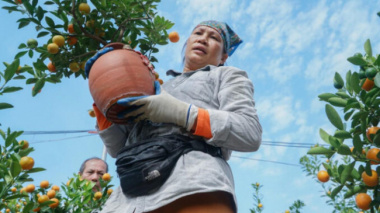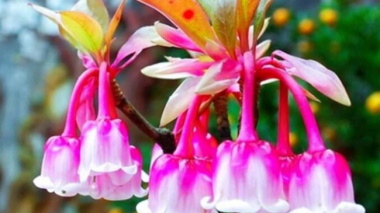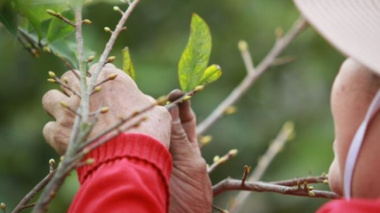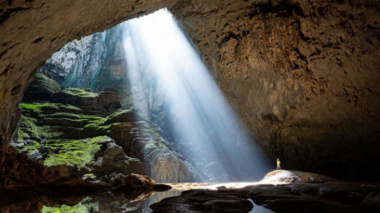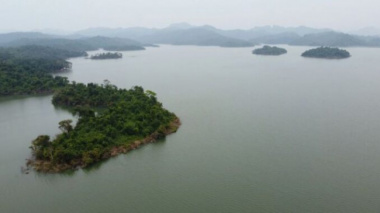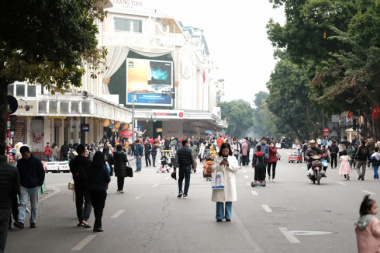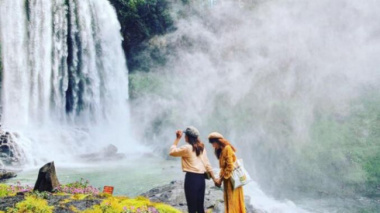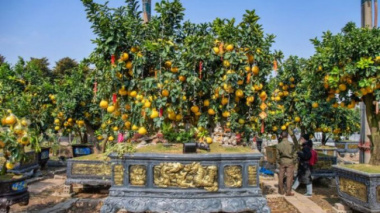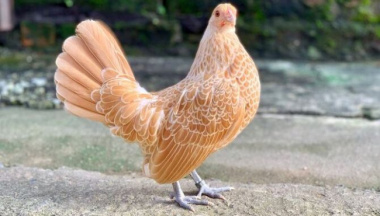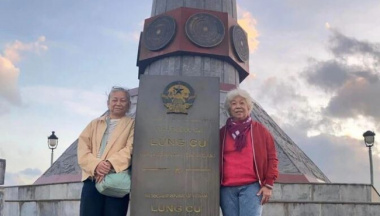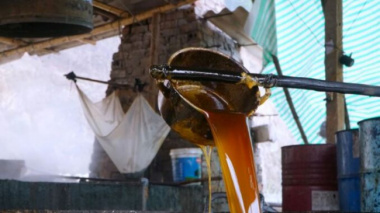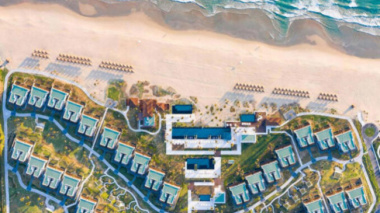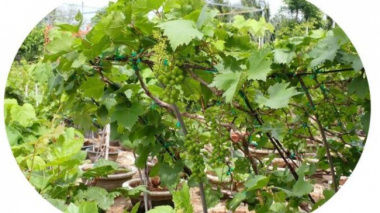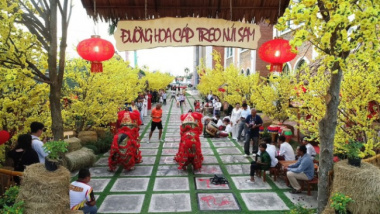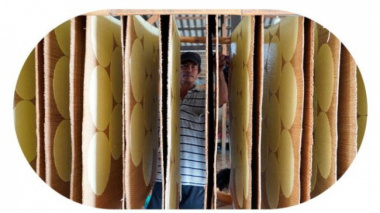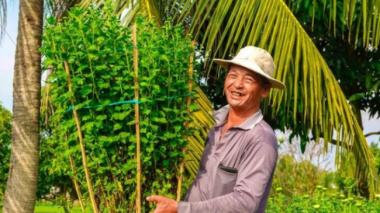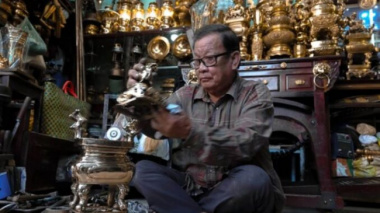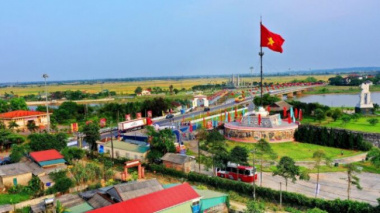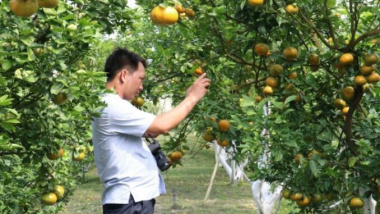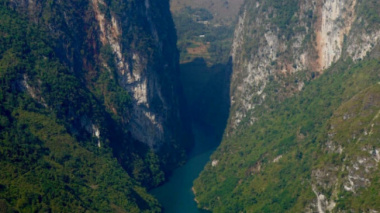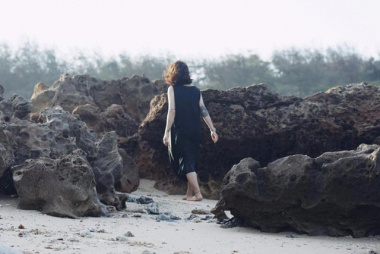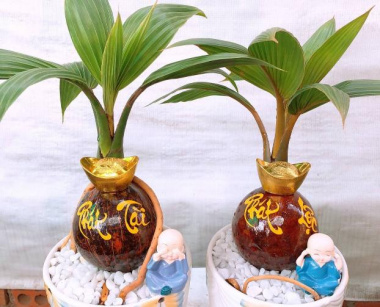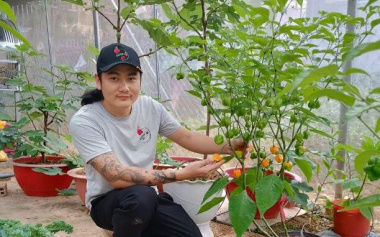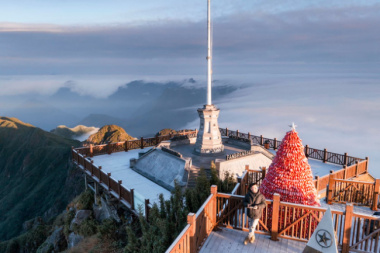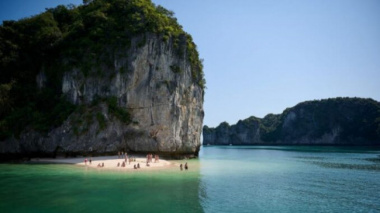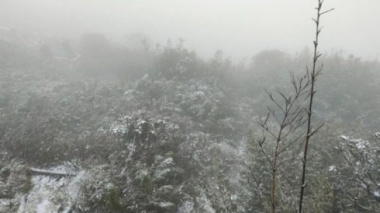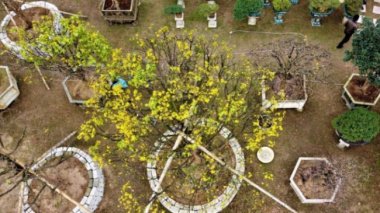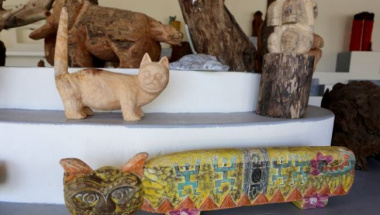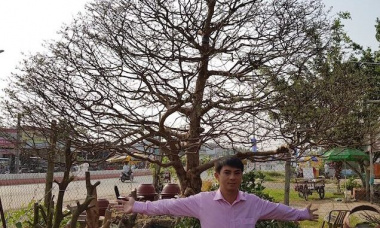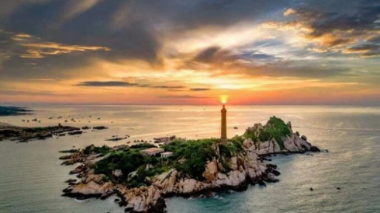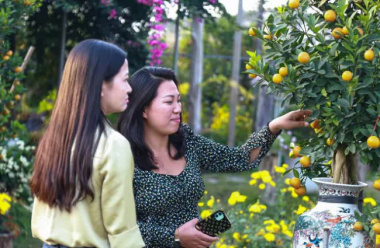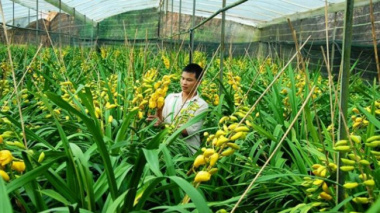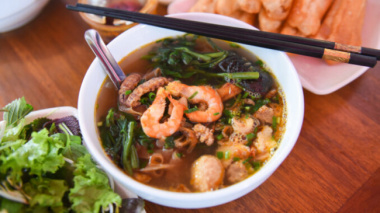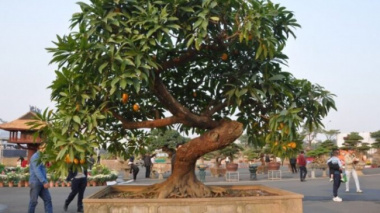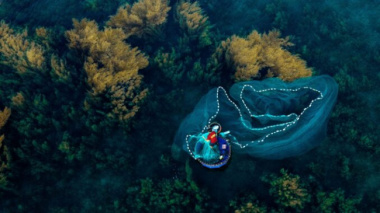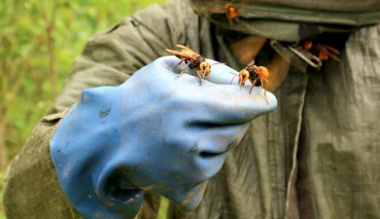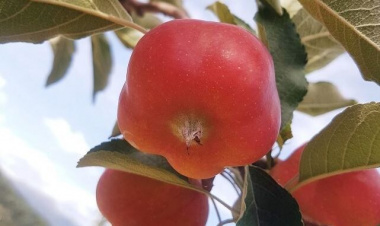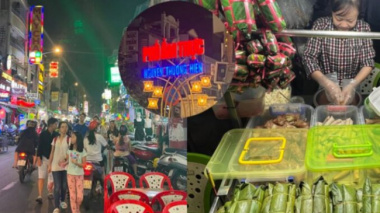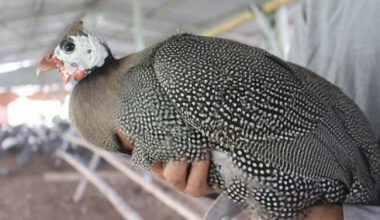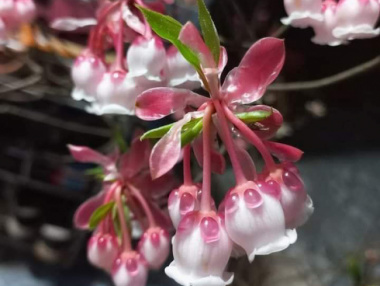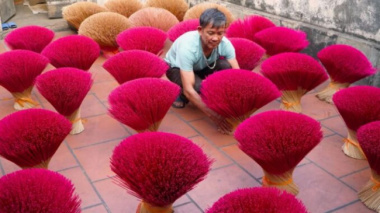Hau Giang Province, Vietnam
- How to Get to Hau Giang
- Capital City
- Famous Places in Hau Giang Province
- Nga Bay City
- Phung Hiep
- Main Attractions
- Vi Thuy Cajuput Forest
- Long My Stork Garden
- Lung Ngoc Hoang Nature Reserve
- Tam Vu Ecotourism Area
- Tay Do Ecological Area
- Special Events
- Activities near Hau Giang Province
- Latest in Hau Giang Province
- 8 Best Floating Markets in Vietnam
In the Mekong’s lower branches, Hau Giang Province is better known by its nickname, the “Land of Canals”. Boasting a flooded landscape and scenic countryside, the network of rivers and canals provides travelers with a unique habitat of grasslands, forests, and swamps to uncover.
Bringing a sense of calm to the busy Mekong River Delta, Hau Giang (Hậu Giang) Province is an idyllic destination for both local and international travelers.
How to Get to Hau Giang
Situated inland from the coast, Hau Giang Province is centrally located in Vietnam’s Mekong River Delta Region. Low elevations and open plains are crisscrossed by an extensive network of rivers and canals. Particularly prone to flooding, the terrain has many landscapes that have become important habitats for endangered species including rare water birds.
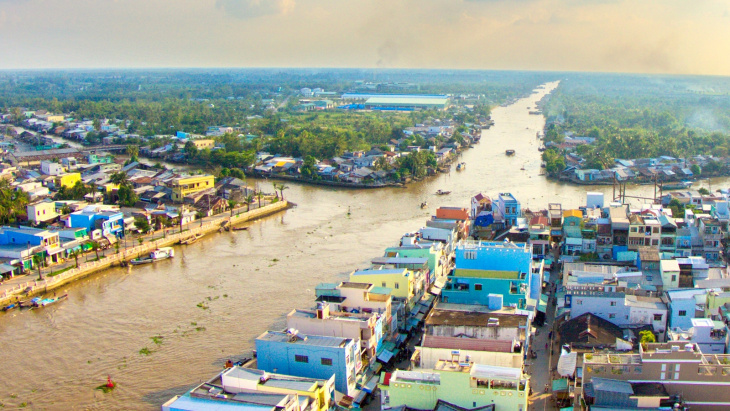
View of the “Seven Way Intersection” of canals in Nga Bay City. Photo:
The southern location of the province means that major South Vietnamese destinations like Ho Chi Minh City are a fair distance to the north. HCMC, once known as Saigon, is about 201 km (125 mi) to the northeast of the province. There are no direct flights from HCMC to Hau Giang meaning travelers will have to drive about 4 hours to reach the province.
The closest international airport is in Can Tho, which is 40 km (25 mi) to the north of Hau Giang. Travelers can fly into the Can Tho International Airport and then arrange for private or public transportation to take them the 1 hour south to the province.
History
Prior to Hau Giang Province, the area was part of Can Tho (Cần Thơ) City and the Chuong Thien (Chương Thiện) Province. At the end of the Vietnam War in 1975, the province was named Can Tho while the capital was named Can Tho City. In 2004, the government changed Can Tho City to become a municipality along with Thanh Pho (Thành Phố).
The new division split Can Tho City, with the remainder becoming Hau Giang Province. Before the creation of the province, the area was heavily developed by the French beginning in the 19th century. Exploiting the local landscape for the brackish water, the French began building canals.

Rural river landscape in the Hau Giang Province, Vietnam. Photo: Bé Râu
Described as being “the civilization of canals”, by Vietnamese writer, Son Nam, the canals act as a “strategic punch” for the province helping the province’s local economy expand. Depending heavily on agriculture since the 19th century, rice is a major crop throughout, however, growing fruit and harvesting freshwater fish is also common.
Products that can be found in Hau Giang include the Nam Roi pomelo, tangerines, mangos, pineapples, and snakehead fish. Besides developing an extensive history in agriculture, the province has been an important stronghold for ethnic culture too. Ethnic groups that live in the area include the Vietnamese and minorities, Hoa, Cham (Chăm), and Khmer.
Fun Facts
- Administrative divisions in Hau Giang Province include 2 provincial cities, 1 district-level town, 5 districts, 11 commune-level towns, 51 communes, and 13 wards.
- Threatened by rising sea levels, 80% of the province is expected to be underwater if the oceans rise 1 foot 8 inches.
- As of 2021, there are 986,792 people living in Hau Giang Province.
Capital City
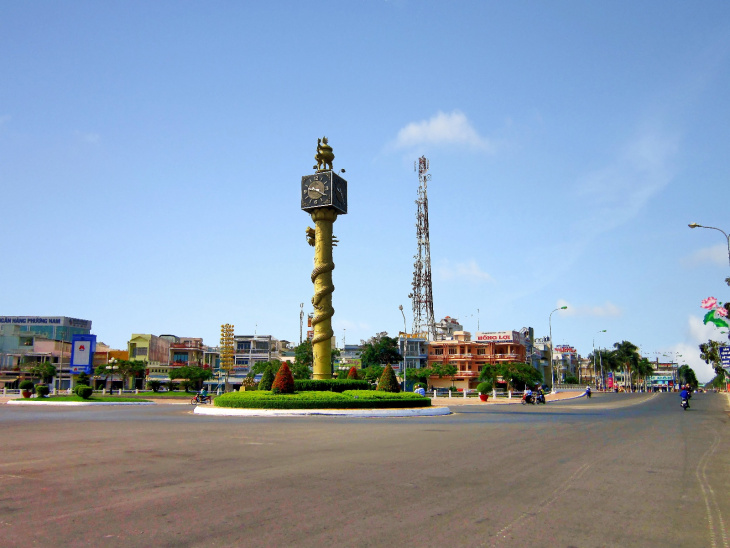
Vi Thanh City, capital of the Hau Giang Province. Photo:
The capital city of the old Chuong Tien Province, Vi Thanh (Vị Thanh) City was named the capital of Hau Giang Province when it split from Can Tho City. Located on the western border of the province, the city is heavily networked by canals and the Hau (Hậu) River. Surrounding the city, the countryside is filled with agricultural fields.
For years, Vi Thanh was the largest city in the province, but in 2020, Nga Bay (Ngã Bảy) claimed that title. As a tourist destination, this provincial capital is a hub for traditional Mekong culture. Running through the city is the French-built Xa No Canal. Used for transportation, the neighboring river branches are used by the locals for their floating markets and tourist areas.
Green space in the city consists of parks and memorials while tourist attractions in Vi Thanh City are diverse. Travelers staying in the city can explore highlights like Victory Park, Vi Thanh Market, Western Pearl, local pagodas, and fruit farms. Being off the tourist radar, there aren’t many hotels in Vi Thanh City, so tourists should expect to stay at a smaller property or homestay.
Although not overly luxurious, hotels in Vi Thanh are well-rated for their friendly staff, good service, and comfort. Places with the highest ratings range from 1-3 star establishments. The best hotels to stay in while visiting Vi Thanh City are the Khach San Hau Giang, Hau Giang Hotel, Khach San Moonlight, Khach San Van Quang, Phuc Lam Hotel, and the Kim Lan Homestay.

Canal in Vi Thanh City, Hau Giang Province. Photo:
Eating out in Vi Thanh is affordable and delicious. Similar to the hotels, there aren’t many large restaurants in the city. Instead, travelers will find small, locally-owned food stalls and eateries.
Offering traditional Vietnamese food and Mekong favorites like fresh fish and fruit, some of the best restaurants in Vi Thanh can be found around the local market. More formal places to eat with dine-in options include Tiger Food, Quan Oc Say, Hu Tieu Nam Vang, Quan Doi Chung, and the Oc Trang.
Famous Places in Hau Giang Province
Aside from the provincial capital, Vi Thanh, famous places in Hau Giang Province include destinations along the river. Connected by the waterways, Nga Bay City and the Phung Hiep (Phụng Hiệp) District have attracted curious travelers that want to explore hidden gems in the Mekong Delta.
Nga Bay City
Nga Bay City is the largest urban area in Hau Giang Province. Once a part of the Phung Hiep District, the city was originally called Tan Hiep (Tân Hiệp) when it was first created. The name, Nga Bay, is translated as the “Seven Way Intersection” and it is a place where the province’s seven canals (Cái Côn, Quản Lộ – Phụng Hiệp, Lái Hiếu, Mang Cá, Mương Lộ, Xẻo Dong, and Xẻo Môn) meet.

Visit the floating markets of the Hau Giang Province, Vietnam. Photo: Bé Râu.
As a busy river port, Nga Bay City has become famous for its floating market. Called the Nga Bay Floating Market, the place is an important economic hub for the province. Open from day to night, the market sells local goods like fresh produce, fish, and handmade goods.
Most of the market is located on the river and due to the chaotic scenes, it’s suggested that travelers hire a local guide to take them, by boat, through the market. Depending on how much is explored, most tours of the market will take 1-2 hours.
Phung Hiep
Another famous place in Hau Giang Province that’s renowned for its floating market is Phung Hiep. Technically, this floating market is an extension of the one that exists in Nga Bay. This is because the Phung Hiep District is a neighbor to Nga Bay City. The only difference is that the Phung Hiep Floating Market is located just down the river.

Bird’s eye view of Phung Hiep, Hau Giang Province. Photo: manhhai
Photographers particularly love this market because of the bridges that span the river. Giving visitors a panoramic view of the area the bridges are easy to find and walk. Travelers who want to get into the heart of the action can take a boat tour of the market. As one of the largest floating markets in the country, travelers are strongly encouraged not to visit without a guide.
Main Attractions
Away from the traditional floating markets and agricultural fields, there are plenty of spaces that have been protected and left wild. Becoming attractions for nature lovers, the unique habitats of Hau Giang Province are home to impressive landscapes and rare flora and fauna species.
Some of the best natural areas in Hau Giang Province are the Vi Thuy Cajuput Forest, Tam Vu Ecotourism Area, Tay Do Ecological Area, the Lung Ngoc Hoang Nature Reserve, and Long My (Long Mỹ) Stork Garden.
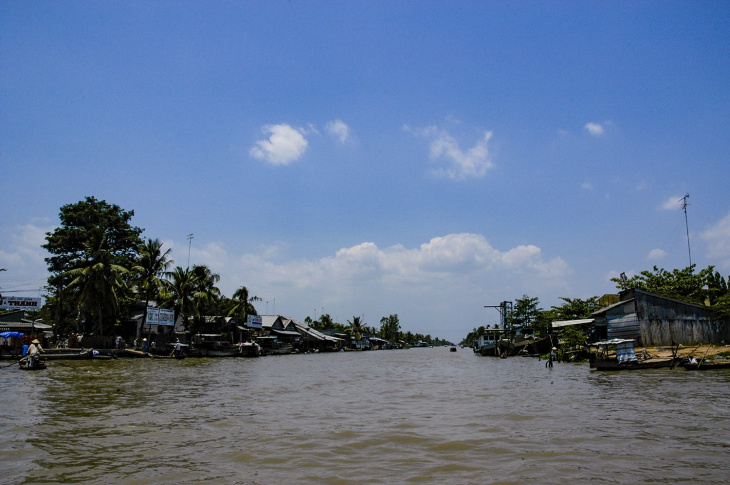
A canal in Hau Giang. Photo: Bé Râu
Vi Thuy Cajuput Forest
One of the largest protected wildlife areas in Hau Giang Province is the Vi Thuy Cajuput Forest, which is just outside of Vi Thanh City. Boasting 200 hectares of melaleuca forest and swampland, this area is a beautiful tourist destination.
Covering the water is a layer of vibrant green algae and draped across the waterways are a series of mangroves, fruit, and bonsai trees. Boat tours are the best way to explore the Vi Thuy Cajuput Forest, as it allows visitors to get up close to some of the area’s rare animal species, especially water birds.
Long My Stork Garden
Outside of the Xa Phien Commune in Long My District, Stork Garden is a famous attraction. Boasting a luscious garden that’s home that thousands of storks as well as 30 other bird species. Used for mating, nesting, and feeding for several months of the year, bird watchers will love this flooded landscape.
Lung Ngoc Hoang Nature Reserve
In Phung Hiep District, the Lung Ngoc Hoang Nature Reserve is another place where visitors can view the unique habitats of the Mekong River Delta Region. Within the nature reserve, visitors can explore special biospheres like cajeput forests, grasslands, and swamps. Boat tours of the reserve allow visitors to escape into the green landscapes and view a variety of bird and aquatic species.
Common plants that thrive in the area include water cabbage and moss, which cover most of the water surface in the canals.
Tam Vu Ecotourism Area
Located in the Chau Thanh (Châu Thành) A District, the Tam Vu Ecotourism Area is a place where nature and history collide. Once a stronghold for the Vietnamese against the French occupation, there are a few historic monuments and sites in the area. Protected due to its diverse ecosystem, guests can go boating, trekking, and swimming.
Tay Do Ecological Area
Much more developed with tourist infrastructure, the Tay Do Ecological Area is a fun place to visit for travelers with children. Situated on the river and offering excursions like fishing and boating excursions as well as farm tours, the area is filled with small restaurants, gardens, and fruit trees. Serving traditional Mekong Delta meals, fresh fish and noodle soup are popular choices.
Special Events

Boating in Hau Giang. Photo: Bé Râu
Honoring the province’s agricultural traditions, Hau Giang’s biggest celebration is the Rice Festival. Typically held at the end of the wet season in November, the festival is a time for locals to showcase their work, place folk games, and enjoy performances. While rice is the main product of the festival, vendors also bring traditional ingredients like meat, seafood, and vegetables.
Weather
While the climate in Hau Giang Province tends to be hot and humid all the time, there is still a specific wet and dry season. The wet season begins as early as May and typically lasts until November. Bringing monsoons to the province, tourism is typically down at this time as most travelers want to avoid the poor weather.
Much more popular for tourism is the dry season, which begins in December and ends in April. Although still hot and humid, travelers won’t have to worry about heavy rain showers putting a damper on their planned activities. A popular time for festivals throughout the province, travelers are encouraged to book their accommodation and tours in advance during the dry season.

Food vendors in Hau Giang Province. Photo: Bé Râu
Filled with traditional scenes of the Mekong, Hau Giang Province is edging towards becoming a popular destination for international tourists. Enticing visitors with its floating markets and lush landscapes, travelers will fall in love with the “Heart of the Mekong”.
Activities near Hau Giang Province
National Parks:
Towns:
Latest in Hau Giang Province
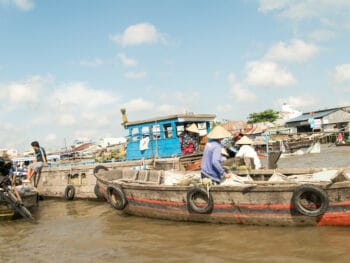
8 Best Floating Markets in Vietnam
A great way to get a taste of authentic Mekong Delta culture is by visiting one…
View more Hau Giang Province articles
Đăng bởi: Sông Lam


